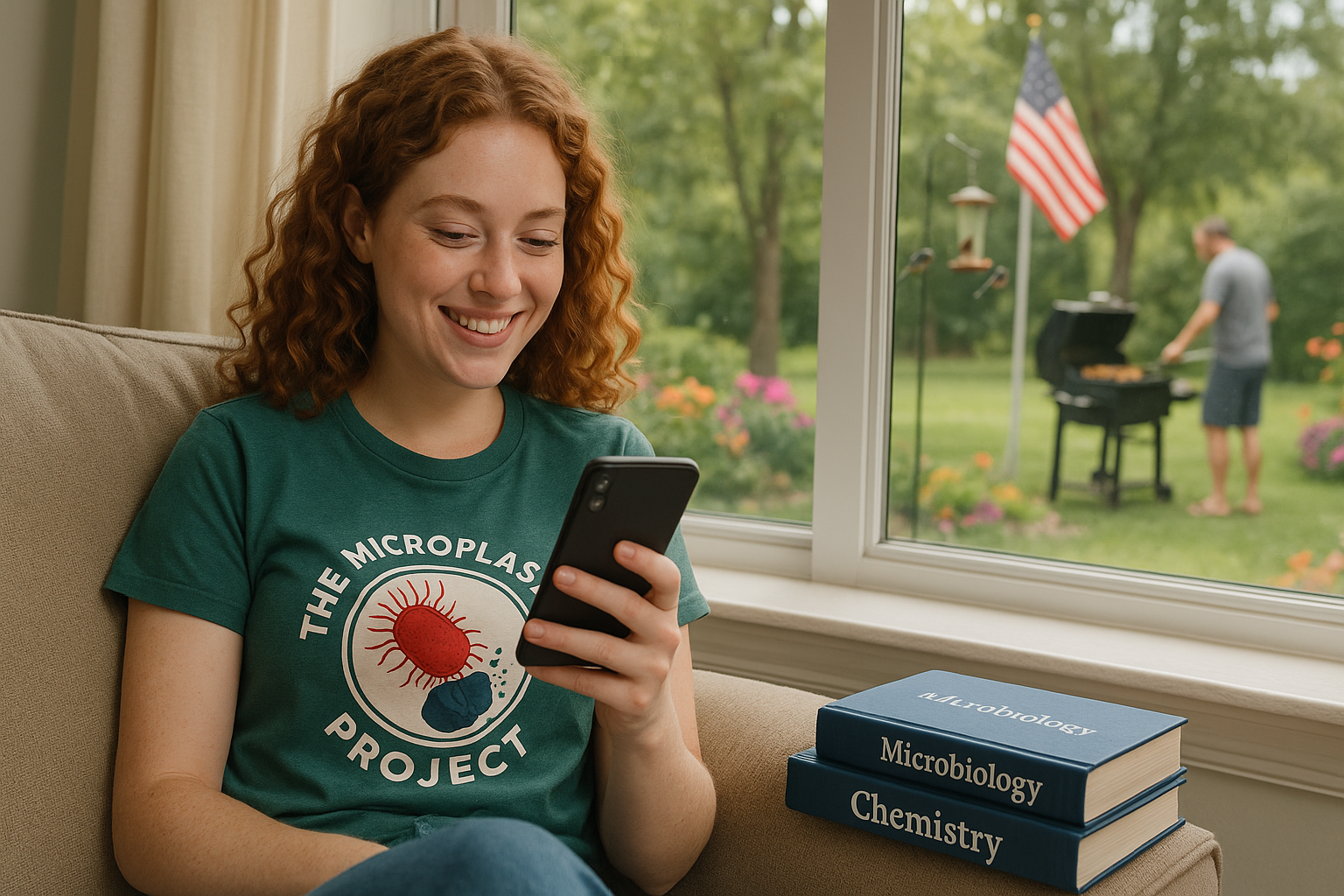
Science with Purpose
The Microplastic Project is an independent research initiative dedicated to tackling one of the most urgent environmental and public health threats of our time: microplastic pollution. Our mission is twofold—first, to develop innovative technologies that can detect, quantify, and eliminate microplastics from both environmental and biological systems; and second, to raise public awareness by sharing critical information on the science, health impacts, and solutions surrounding microplastic contamination.
Imagine a world where nearly every breath, bite, and sip contains microscopic fragments of plastic. That world is no longer a distant possibility—it’s our present reality. Microplastics, often smaller than a grain of sand, come from broken-down plastic waste and everyday products like food packaging, cosmetics, and synthetic clothing. These particles have invaded nearly every ecosystem on Earth and have been detected in our air, water, soil, food, and even in human bodies.
The consequences are serious. Microplastics can carry toxic chemicals and may contribute to chronic inflammation, endocrine disruption, and other emerging health concerns. The environmental and economic toll is growing as well—threatening agricultural lands, marine life, food safety, and clean water infrastructure.
But we believe in action over despair. In our lab, we are developing next-generation biotechnologies that use engineered bacteria, enzymes, and chemical systems to break down microplastics safely and sustainably. Our vision is to create scalable solutions that can be applied worldwide to clean up ecosystems and safeguard human health.
In addition to our research, we are building a platform to inform, educate, and empower. We spotlight new scientific findings, translate complex data into accessible knowledge, and amplify the work of researchers across the country who are making meaningful strides in microplastic science.
Join us. Subscribe to our newsletter to stay informed, support science that matters, and become part of a growing community committed to reversing the tide of plastic pollution—for ourselves, for future generations, and for the planet we all share.
